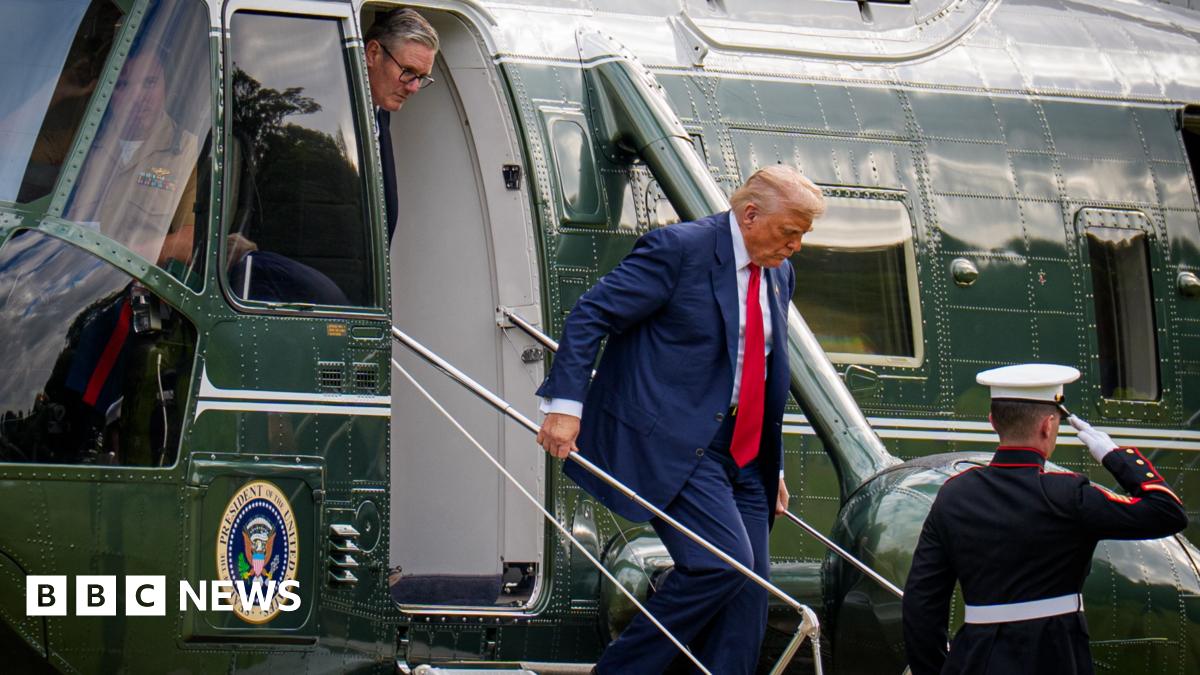Trump's Tariffs: A Global Game of Winners and Losers - Who Benefits and Who Suffers?
2025-08-01

YAHOO!Finance
President Donald Trump's tariffs have sent ripples across the global economy, creating an unexpected and complex web of winners and losers. From surprising beneficiaries like Switzerland and Laos to those facing significant challenges like Syria, understanding the impact requires a closer look. This article delves into the finalized tariff list, examining the industries and nations most affected, and analyzing the long-term consequences of this trade policy.
The Unintended Beneficiaries
While the tariffs were intended to protect American industries, some nations have unexpectedly found themselves on the winning side. Switzerland, known for its strong manufacturing sector, has seen increased demand for its goods as alternative sources become less appealing. Laos, a smaller economy, has capitalized on shifting trade patterns, boosting its exports to fill the void left by goods previously sourced from countries targeted by the tariffs. Even Syria, despite its ongoing political instability, has experienced a slight uptick in demand for certain commodities. This demonstrates the unpredictable nature of global trade and how geopolitical factors can intertwine with economic policies.
The Hardest Hit: Industries and Nations
The brunt of Trump's tariffs has fallen on nations like China, the primary target of the trade war. Chinese manufacturers have faced reduced exports to the United States, leading to economic slowdown in certain sectors. American consumers have also felt the pinch, as tariffs increase the cost of imported goods, from electronics to agricultural products. Specific industries, such as steel and aluminum, have experienced volatility due to the fluctuating prices and trade restrictions. Farmers, reliant on exports to China, have been particularly vulnerable, requiring government subsidies to offset losses.
A Deeper Dive: Examining the Economic Impact
The long-term consequences of Trump’s tariffs are still unfolding. While the initial goal was to reduce the trade deficit and stimulate domestic production, the reality has been more complex. The tariffs have disrupted supply chains, increased costs for businesses, and created uncertainty in the global market. Furthermore, retaliatory tariffs imposed by other countries have further complicated the situation, leading to a tit-for-tat trade war that has negatively impacted economic growth worldwide. Economists debate whether the tariffs have ultimately achieved their intended goals, with many arguing that the costs outweigh the benefits. The impact on inflation, consumer spending, and business investment remains a key concern.
Looking Ahead: The Future of Global Trade
The Trump administration's trade policies have fundamentally reshaped the landscape of global trade. The future remains uncertain, as new administrations grapple with the challenges of balancing protectionism with the benefits of free trade. The lessons learned from this period will likely influence trade negotiations and economic policies for years to come. Understanding the winners and losers of Trump’s tariffs provides valuable insights into the complexities of international trade and the interconnectedness of the global economy. A shift towards more diversified supply chains and a greater emphasis on regional trade agreements may be necessary to mitigate the risks associated with protectionist measures.






